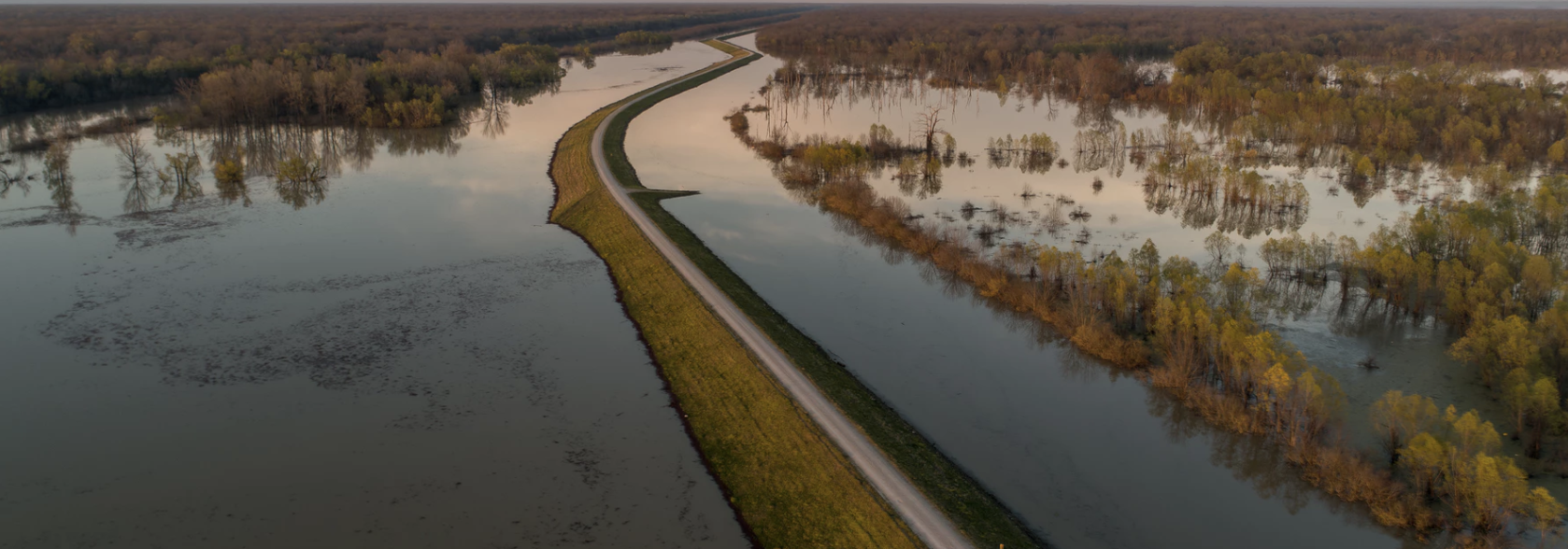 Public-private partnerships (P3s) have been around for a long time. They can be a revenue source for funding public projects and provide opportunities for other services. In the case of stormwater, the most common P3 takes the form of a stormwater utility fee. The first fee of this kind was found in 1964 in Billings, Montana. But, in order for these fees to be sustainable, they must have an equitable structure.
Public-private partnerships (P3s) have been around for a long time. They can be a revenue source for funding public projects and provide opportunities for other services. In the case of stormwater, the most common P3 takes the form of a stormwater utility fee. The first fee of this kind was found in 1964 in Billings, Montana. But, in order for these fees to be sustainable, they must have an equitable structure.
Why a fee for stormwater?
Early stormwater utility fees were referred to by some as a ‘rain tax’. But these fees deal with rain after the fact; once it has become stormwater runoff. Flood control, drinking water protection and underground pipes are all part of a stormwater management system. These systems function like a sanitary sewer or fiber optic utility. Just like other utilities do, stormwater systems require construction, maintenance and improvements. Proper design and maintenance of a system can provide benefits throughout a town and all that live downstream.
These now common utility fees are on an upward trend and have proven to be a great funding source for aging stormwater infrastructure repair. They also fund water quality improvement projects, regional detention basins for flood control and equipment utilized in stormwater programs.
Stormwater fees are typically reserved for projects that only relate to stormwater management. This is a unique situation unlike competitive general funds and complicated bonding processes, which can fund a variety of projects.
Setting a Fee Structure
Traditional fees for sewer or water use have been based on how much comes in and how much goes out. Stormwater fees are different in that they are typically based on how much stress a property puts on the stormwater system. There are several ways to calculate a fee, though the most common is the Equivalent Residential Unit (ERU). An ERU is related to the amount of impervious area on a property. A flat residential fee of one ERU is very common in this system. In addition, measurements of impervious areas on commercial property are typical for billing.
A fee can fully fund any size program and provide a sustainable, long-term source of funds. However, fees must have proper rates from the start. There are two steps to determine what a base rate should be. First, calculate the total cost of stormwater program needs. Second, divide that cost by the number of ERUs within a town’s border. A cost of service analysis should be done and there must be broad internal agreement on what the minimum level of service is.
Sustainable and Equitable
Stormwater utility fees may be a sustainable stream of funds, but they may not be the most equitable. If an ERU structure bills a flat-rate fee to all single family homes, equality is lost at the residential level. With the ERU method, an owner of a 1,300 SF home will pay the same utility fee as an owner of a 3,500 SF home. In addition, larger homes typically have other increases in an impervious area such as driveways and patios. This means they contribute much more stormwater runoff than their fellow community members with smaller lots and homes.
An area analysis of the impervious and pervious areas on all properties is a time-consuming task. This analysis is necessary for an alternative fee structure called an Equivalent Hydraulic Area (EHA). This system provides the greatest opportunity to remain fair and equitable in stormwater utility fee billing structures. The EHA method accounts for all impervious areas.
Potential Barriers
Proper utility fee set up must accomplish several things at once. The fee must allow a jurisdiction to meet a certain level of service and be acceptable to an administration and the community. It is crucial to set fees and increase structures at the time of implementation. Negotiation is often a component to fee setting. However, fees set too low leads to a compromise in programs and very slow progress.
When new fees are set up or a schedule of increases is proposed, resistance will often be met. It is imperative that there are local official and community member champions to move the message forward. In either case, for a brand new fee or an increase of an existing fee, communication and being in front of the message is imperative to program success.
Amy Kay is a GovLoop Featured Contributor. She has worked in municipal stormwater management for 10 years and has served as the Clean Water Manager with the City of Davenport since 2016. Here, she directs the resource conservation and watershed management programs along with activities of the Clean Water Program in compliance with NPDES and MS4 permits. You can read her posts here.





Leave a Reply
You must be logged in to post a comment.